Description
This 104 page, Ford TW10 TW20 Tractor Operators Manual is a reproduction of the original, out of print, manual. This manual has been developed to assist you in understanding how to operate and maintain Ford TW10 and TW20 1978-1980 Tractors. Before operating the tractor, become familiar with the controls and instruments discussed in this manual. After familiarizing yourself with the controls and instruments, follow the subsequent instructions in the Operation Section to obtain optimum and safe performance from the tractor.
This manual contains a list of safety precautions, a discussion of the controls and instruments, procedures for operating the tractor, a maintenance schedule, a brief troubleshooting section, and a specification section. The manual also contains a list of pre-delivery and 50 hour checks which should have been performed by your Ford Tractor-Equipment Dealer. Follow the break-in, operation, and maintenance instructions to keep it in this “ready to go” condition. A vehicle identification plate is located above the right front corner of the radiator and is accessible by removing tho right front grille panel. The numbers on the identification plate are important if your tractor requires service in the future.
Table of Contents
Foreword
International Symbols
Safety Precautions
Controls and Instruments
General Information
Instrument Panel Gauges and Indicator Lights
Switches, Electric Controls and Lights
Engine Controls
Clutch, Transmission, Parking Brako and Differential Lock Controls
Brake Controls
Cab Controls
Cab Doors, Windows and Mirrors
Power Take-Off and Hydraulic Controls
Operation
Break-In Procedures
Starting the Engine
Stopping the Engine
Driving the Tractor
Lift Linkage and Drawbar
Attaching Equipment-
Operating the Hydraulic Lift System
Operating Remote Control Valves
Operating the Power Take-Off
Operating the Differential Lock
Front Axle Tread Width
Rear Wheel Tread Settings
Vehicle Weighting
Tire Inflation
Lubrication and Maintenance
Lubrication and Maintenance Chart
Fuels, Fuel Storage and Refueling
Lubricants
Lubrication and Maintenance Service Intervals and Procedures
General Maintenance
Towing the Tractor
Storing the Tractor
Troubleshooting
Specifications
Safety Decals
Pre-Delivery and 50 Hour Service
Index of Topics
Air Cleaner Servicing
Air Conditioning
Air Conditioning Compressor Belt
Air Conditioning Condenser – Cleaning
Air Conditioning System
Alternator Belt Adjustment
Attaching Equipment
Battery
Brakes – Oil Level
Brake Pedals
Brake Pedal Connecting Lock
Cab Air Filters
Cab Controls
Clutch Pedal
Dutch Pedal Adjustment
Cold Weather Starting
Differential Lock Operation
Differential Lock Pedal
Drawbar Adjustments
Driving the Tractor
Dual Power Pedal
Engine Air Inlet Hoses
Engine Controls
Engine Oil Change
Engine Oil Check
Engine Starting
Engine Stopping
Fan Belt Adjustment
Fan Switch
Front Axle
Front Axle Wheels
Fuel Injectors
Fuels
Fuel System Filter – Changing
Fuel System Filter – Draining
Fuses
Gauges
General Maintenance
Gearshift Lever
Hydraulic Cylinders – Connecting
Hydraulic Lift Controls
Hydraulic Lift Operation
Hydraulic System Filters
Indicator Lights
Instruments
International Symbols
Jumper Cables
Lift Linkage
Lift Linkage Removal
Light Bulbs
Lubricants
Lubricating
Clutch Pedal Linkage
Front Axle Spindles
Front Axle Supports
Front Wheel Bearings
Mirrors
Oil Cooler Cleaning
Parking Brake
Power Steering Oil Level
PTO Controls
PTO Equipment – Attaching
PTO Operation
PTO Shafts
Quick Hitch Installation
Radiator Cleaning
Radiator Coolant
Radios
Rear Axle/Transmission/
Hydraulic Oil Change
Rear Axle/Transmission/
Hydraulic Oil Level
Rear Wheels
Rear Wheels – Duals
Rear Wheels – Manual Adjust
Roar Wheels – Power Adjust
Remote Control Valves
Remote Cylinder and Equipment
Operation
Roll-Over Protective Structures
Safety Decals
Safety Precautions
Seat Belts
Seats
Specifications
Storing the Tractor
Switches
Tire Inflation
Tire Pressure – Checking
Towing tho Tractor
Transmission Controls
Troubleshooting
Weighting
Windows
Windshield Washer
Windshield Wipers
Sample Content
The fuel injectors should be removed and taken to your Ford Tractor-Equipment Dealer every 600 hours to have them checked for proper adjustment and per- formance. Improperly adjusted or faulty injectors reduce engine horsepower output and increase fuel consumption. Use the following procedures for removal, installation and bleeding of the fuel injectors. Figure 125 Removing and Installing the Fuel Injectors 1. Leak-Off Line Nut 3. Injector Bolts 2. Injector 4. Fuel Line Nut To remove the fuel injectors: 1. Disconnect the leak-off lines. Figure 125, by removing the leak-off line attaching bolts (1) on each injector. Disconnect the injector fuel lines (4) on each injector. 2. Loosen all the fuel injector bolts (3) a couple of turns. 3. Pull out the engine stop control and crank the engine to unseat the injectors. If the injectors do not unseat, carefully pry them loose. Remove the bolts. Remove the injectors.

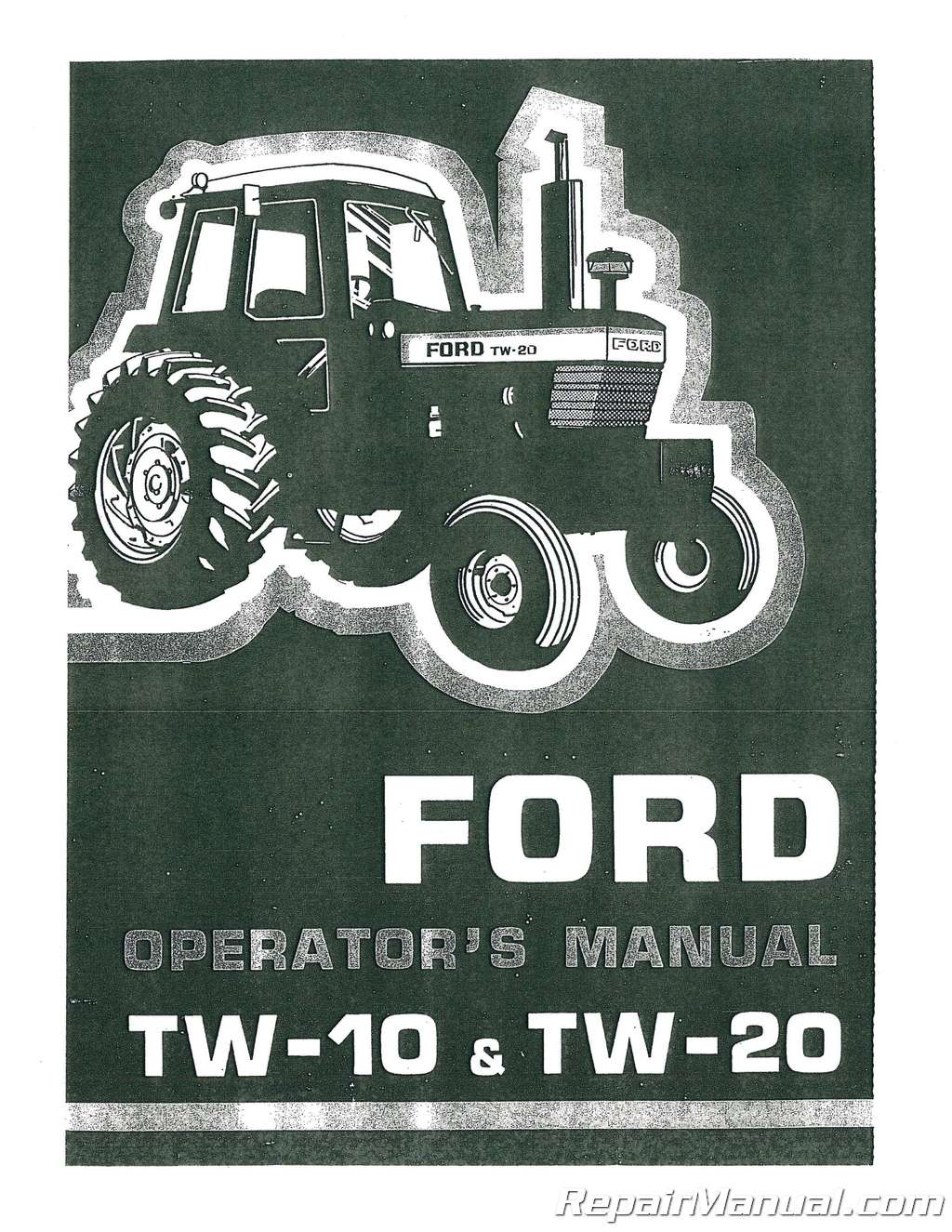
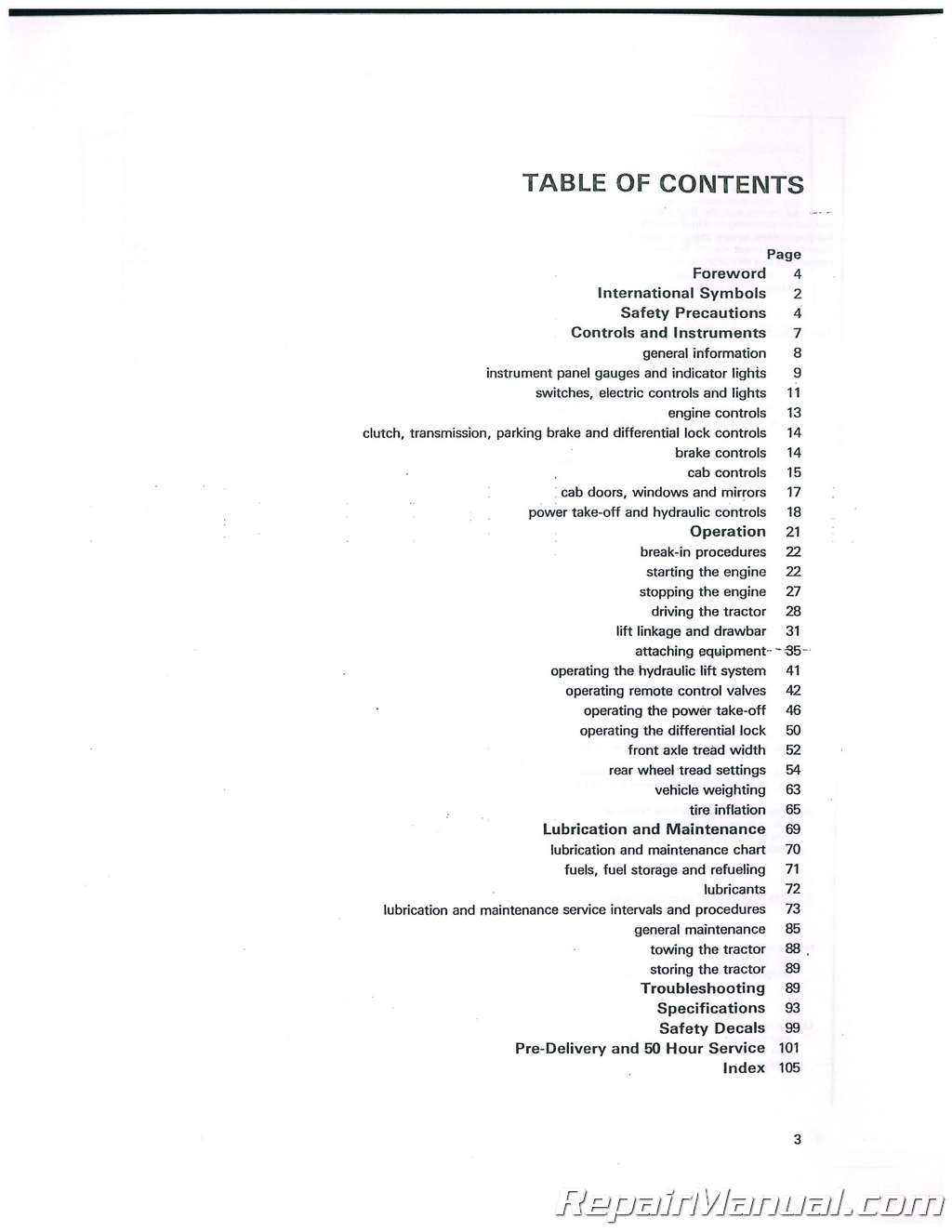
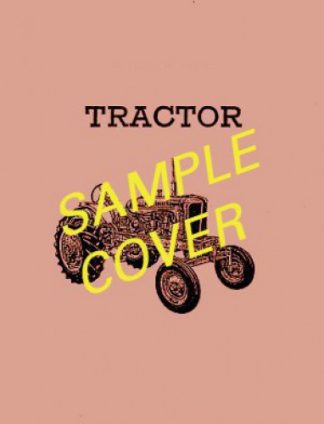 SKU: FO-S-CL35-CL45
SKU: FO-S-CL35-CL45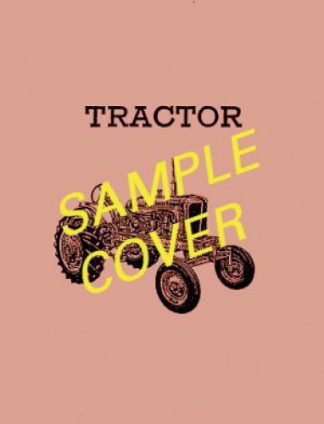 SKU: JS-FO-S-455-TLB
SKU: JS-FO-S-455-TLB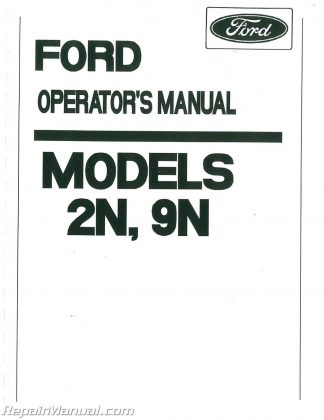 SKU: JS-FO-O-9N
SKU: JS-FO-O-9N

